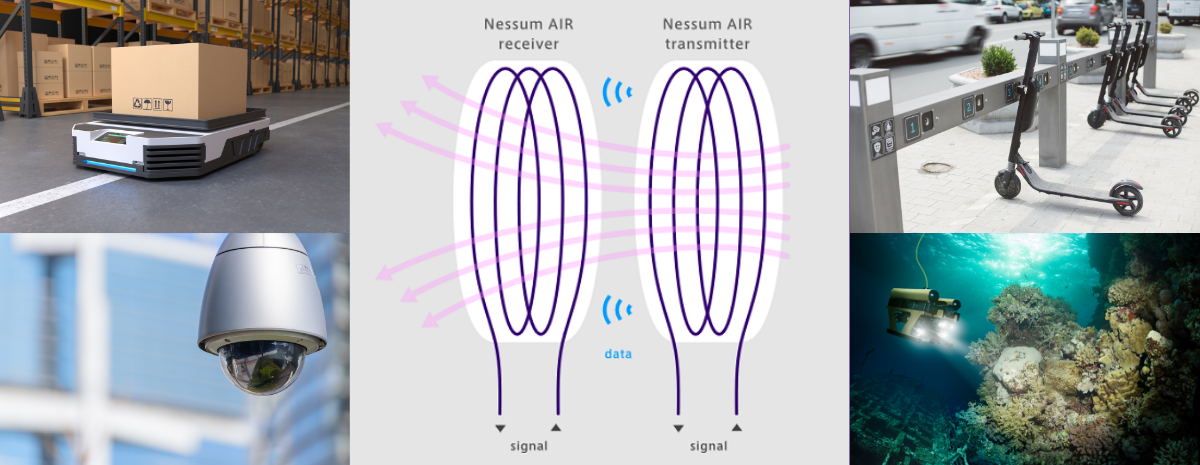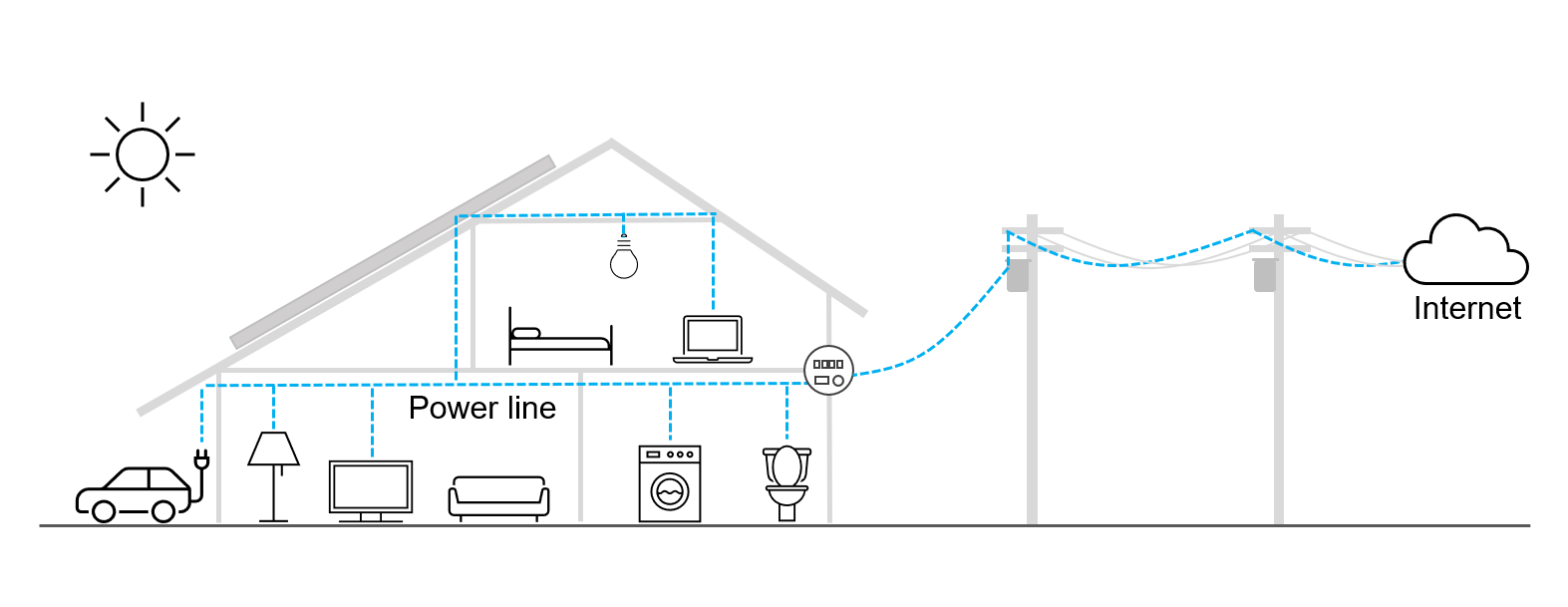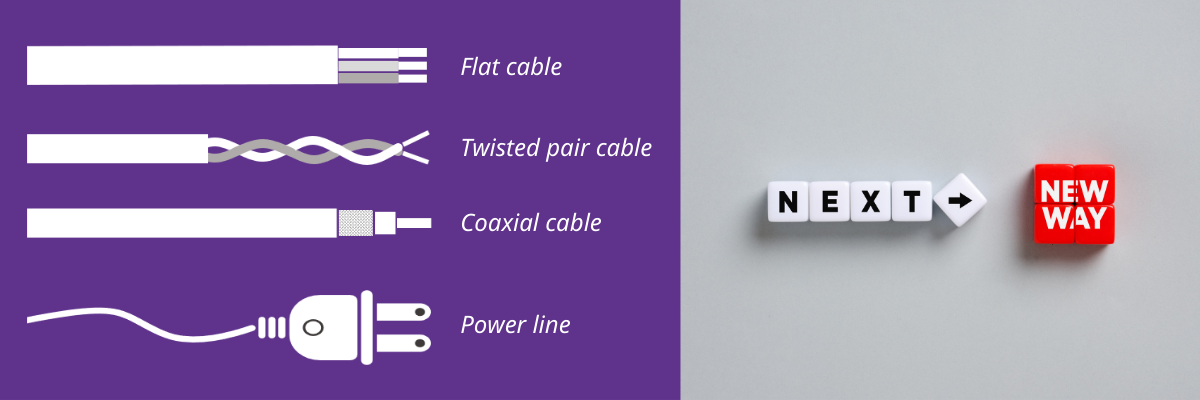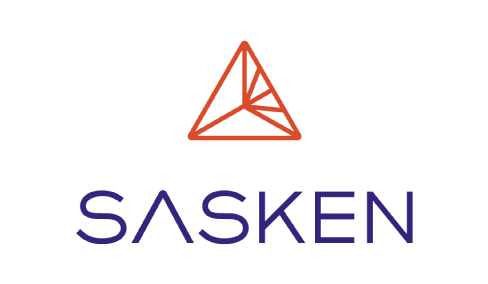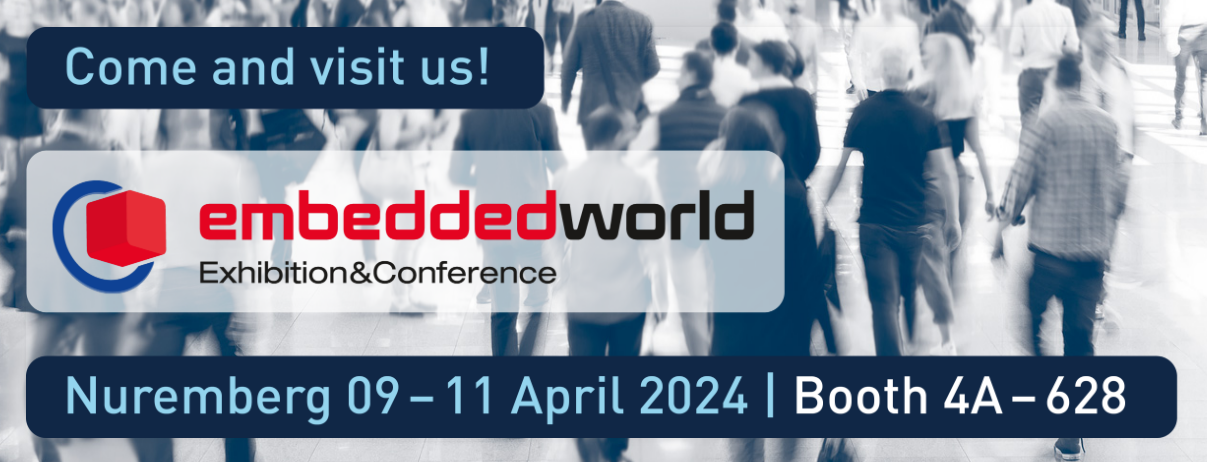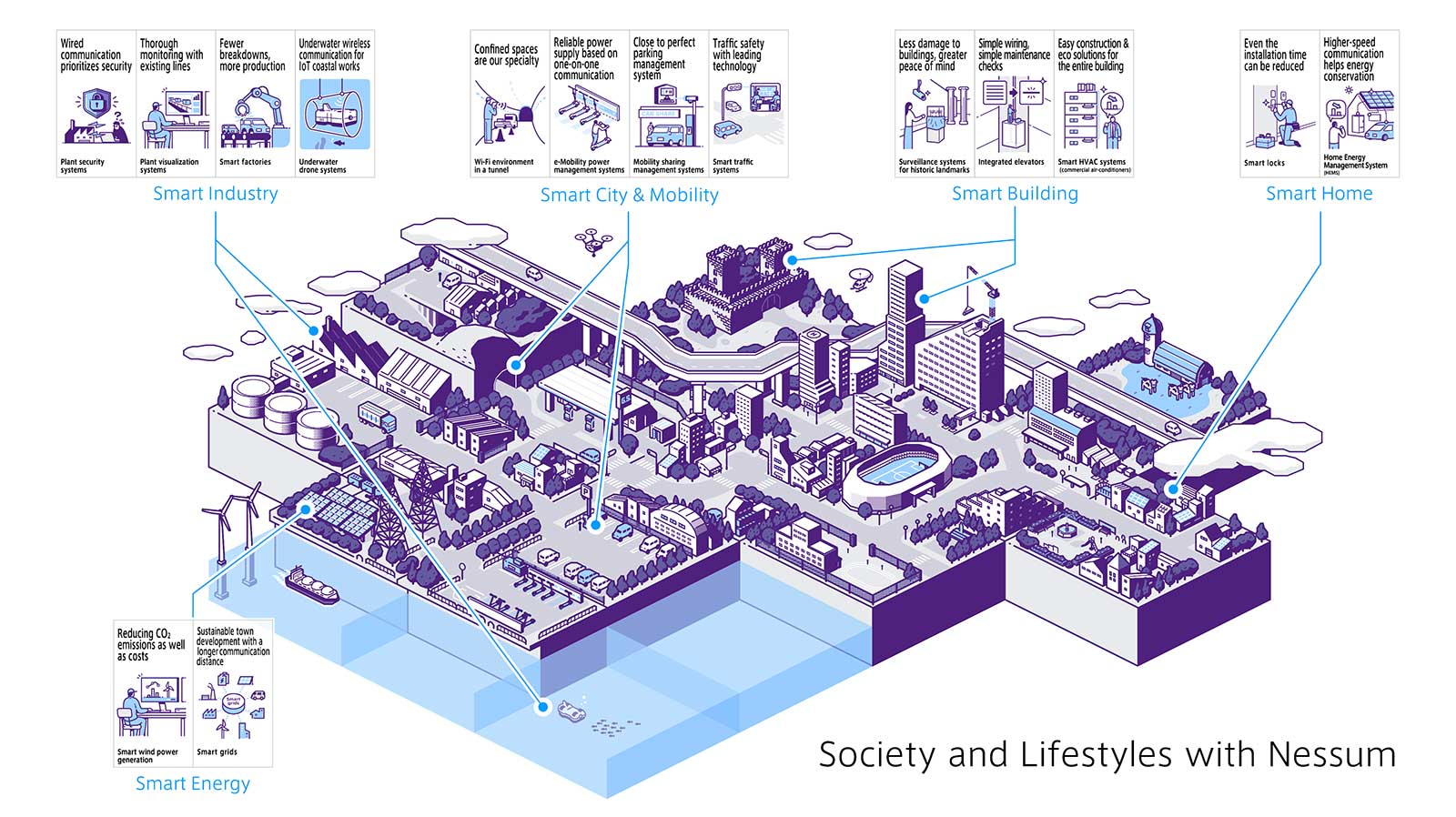Nessum Latest Technology — New Technologies That Make Nessum Evolved
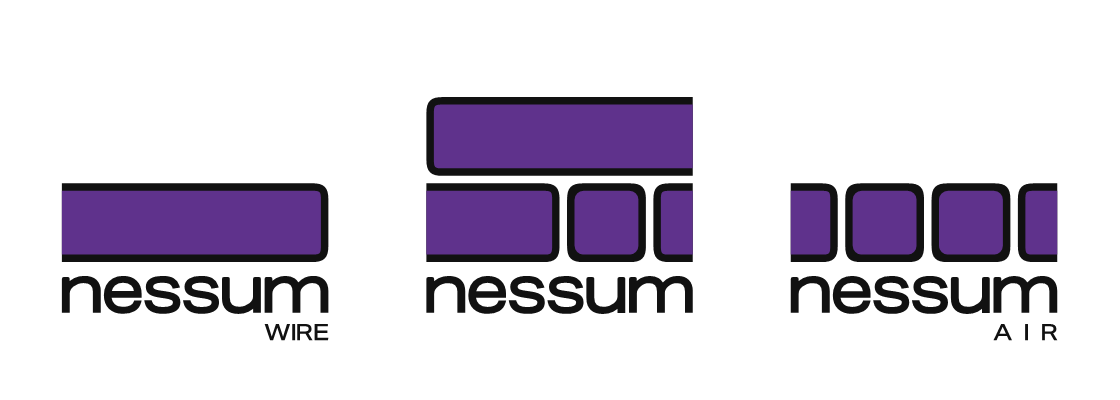
Enhancement Of Communication Speed And Distance
Background
With the diversity of IoT applications, higher speed and longer range are required for communication, as shown in Figure 1.
Regarding longer range, in the case of large-scale networks such as BEMS (Building Energy Management System), FEMS (Factory Energy Management System), and smart metering, the communication distance between devices becomes long. Even in HEMS (Home Energy Management Systems), which is not always large-scale, various devices such as housing equipment, home appliances, and sensors are connected, so high-level robustness is required for communication.
Multi-hop technology is an effective solution, but it may not be possible to install terminals in optimal locations from the perspective of communication quality, making it difficult to extend the range.
On the other hand, regarding higher speed, the quality of camera images (4K/8K) is progressing, mainly in the fields of security and entertainment, and there may be concerns about insufficient speed.
A new technology has been developed to solve these problems.

Fig. 1 - Enhancement of communication speed and distance
Technology That Realizes Higher Speed And Longer Range
To achieve long-range communication and high-level robustness, it is necessary to have a high SNR (Signal to Noise Ratio) within the communication band, that is, to have low attenuation and noise in the transmission channel.
When considering a power line channel as an example of a poor environment, there are many branches and an unspecified number of loads (electrical equipment) are connected, so it is necessary to select a frequency band with less attenuation and/or noise for communication.
When measuring the transmission channel characteristics of a power line cable, the higher the frequency, the greater the attenuation. In the received spectrum when using a VVF (Vinyl insulated Vinyl sheathed Flat type) cable, the longer the cable length, the more the high-frequency signal is attenuated as shown in Figure 2.
In the Wavelet OFDM, the communication link is not built unless 102 or more available subcarriers can be left(*1). Even if some subcarriers are left on the low-frequency side, most of the subcarriers within the communication band are attenuated and a valid bandwidth is not left, communication cannot be done. Therefore, to achieve long-range communication, a feature that allows changing the subcarrier spacing is required to ensure enough subcarriers on the low-frequency band.
On the other hand, for applications requiring high speed, the transmission line is mainly a coaxial cable or signal cable. These cables are dedicated communication lines, so the attenuation and noise within the communication band are much lower than that of power lines. As a method to achieve high-speed communication, increasing the bandwidth by changing the subcarrier spacing was adopted from the perspective of making it possible with a single IP core.
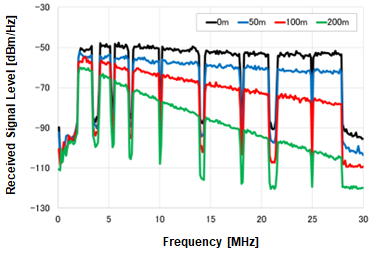
Fig. 2 - Example of received spectrum
Modes And Channels
Figure 3 shows the operating modes of Nessum. The 1x mode that uses the band from 2MHz to 28MHz is the standard, and to increase the speed, by expanding the band to 2 times or 4 times, the communication speed will also be 2 times or 4 times, and in 4 times mode, the maximum PHY rate is achieved at 1Gbps.
On the other hand, for a longer range, the communication band is narrowed. As the distance increases, the attenuation of high frequencies increases, and only low-frequency signals can be transmitted, so by concentrating the signal energy in the low frequencies, it is possible to transmit it for long range. There are two modes: 1/2x (half) and 1/4x (one-fourth), and 1/4x mode achieves approximately twice the distance compared to the 1x (standard) mode.
Additionally, since low frequencies may not necessarily pass easily depending on the environment, we have prepared multiple narrowband channels to improve robustness.
Draft Standard v1.0, approved by the IEEE P1901c WG in August 2023, adds 1/8x (one-eighth), 1/16x (one-sixteenth), and 1/32x (one thirty-second) modes to further increase the distance.
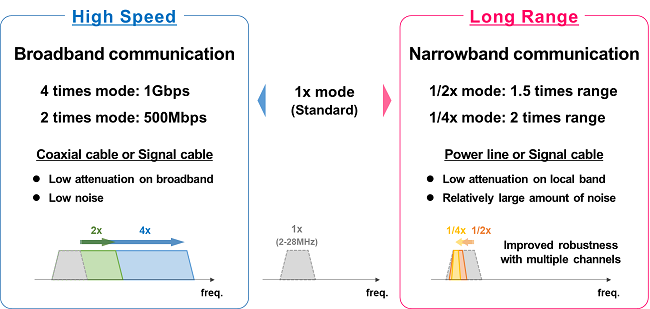
Fig. 3 - Communication modes
The channels specified in IEEE 1901-2020 ("x-NN" is the channel ID) are shown in Figure 4.
There are 15 channels from x-1 to x-15. Based on x-1, there are channels with 1/2x and 1/4x bandwidth, and channels with 2 times and 4 times bandwidth, and preparing multiple channels with the same bandwidth but different frequencies, improved robustness. Channels x-1 to x-7 that contribute to longer range and improved robustness are mandatory in IEEE 1901-2020, and channels that contribute to higher speed are optional. Users can select the optimal channel according to the transmission channel conditions.
Regarding channels, new IDs x-16 to x-27 have been added in IEEE P1901c Draft Standard v1.0.
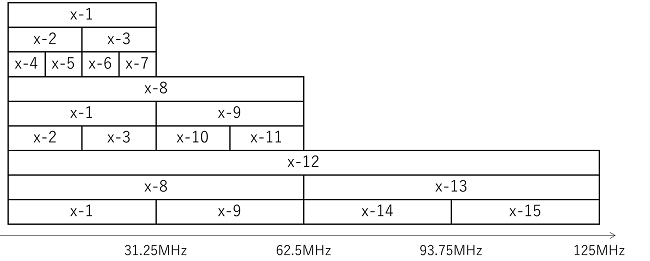
Fig. 4 - Communication channels
Security Enhancement
Nessum is increasingly being used for data communication in distributed energy resources (DER) systems and advanced metering infrastructure (AMI) systems. In such use cases, the data is highly confidential, and the network is large-scale, so advanced security is required.
To improve security functions, the IEEE 802.1X authentication mechanism has been introduced to IEEE 1901-2020 and standardized as IEEE 1901b. IEEE 802.1X is already used as a corporate security technology for wired LANs and wireless LANs, and Nessum supports it as one of the PHY layer communication methods.
An overview of the IEEE 1901-2020 compatible version and IEEE 1901b compatible version is below.
- Even in the IEEE 1901-2020 compatible version, Nessum is a communication method with high security, including data encryption, tone map generation, and dynamic key update. However, in the unlikely event that the authentication key information is stolen, there is a risk that a malicious third party could illegally infiltrate the network.
- By supporting IEEE 1901b, authentication is performed between the terminal and the authentication server. In this case, a malicious third party cannot authenticate with the server and obtain the key information for authentication. Therefore he/she cannot infiltrate the network.
In this way, by supporting IEEE 802.1X authentication, countermeasures against threats hidden in the network (such as unauthorized intrusion by third parties) are strengthened.
Application Fields Of Nessum
Nessum will become easier to apply in a wide range of fields as shown in Figure 5.
We hope that Nessum will be deployed in various fields and will be of great use as a fundamental technology that connects IoT devices, which will increase explosively in the future.

Fig. 5 - Application fields of Nessum
